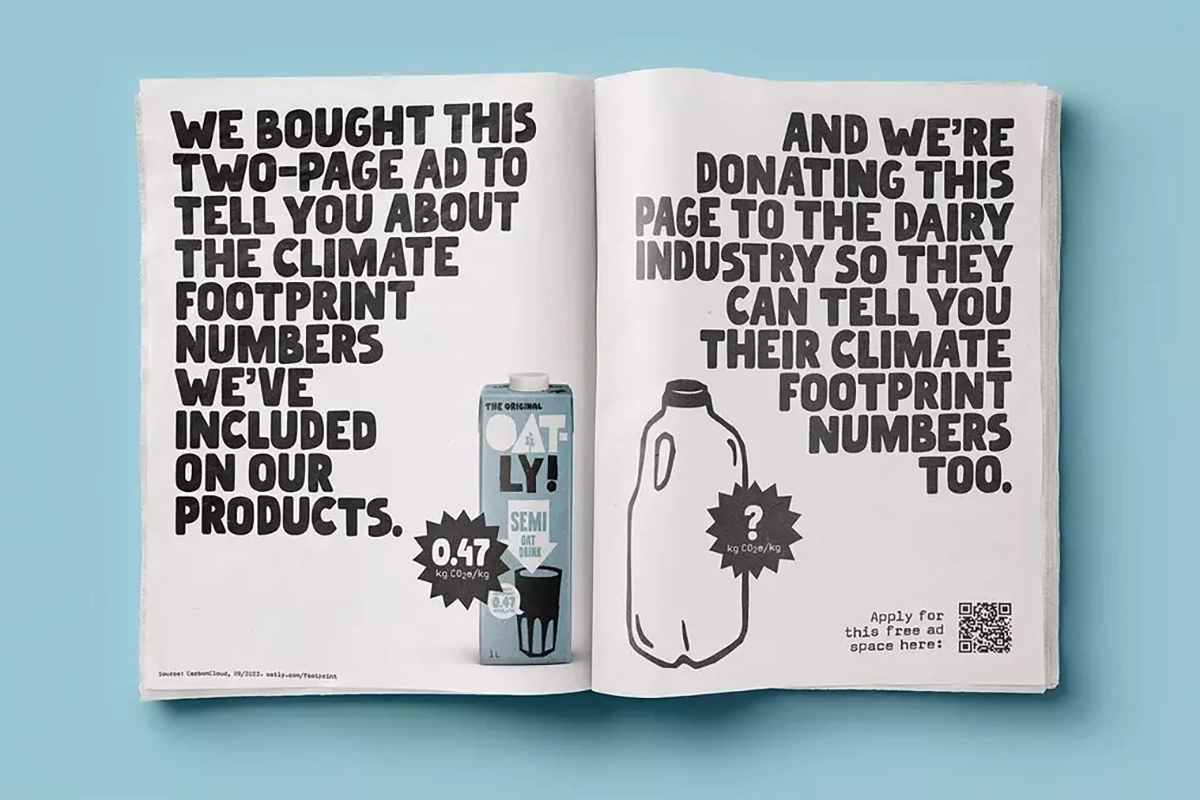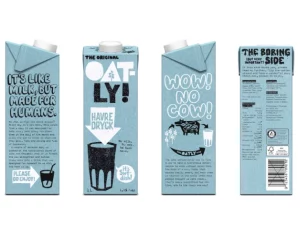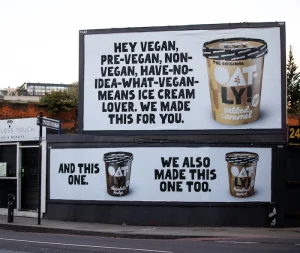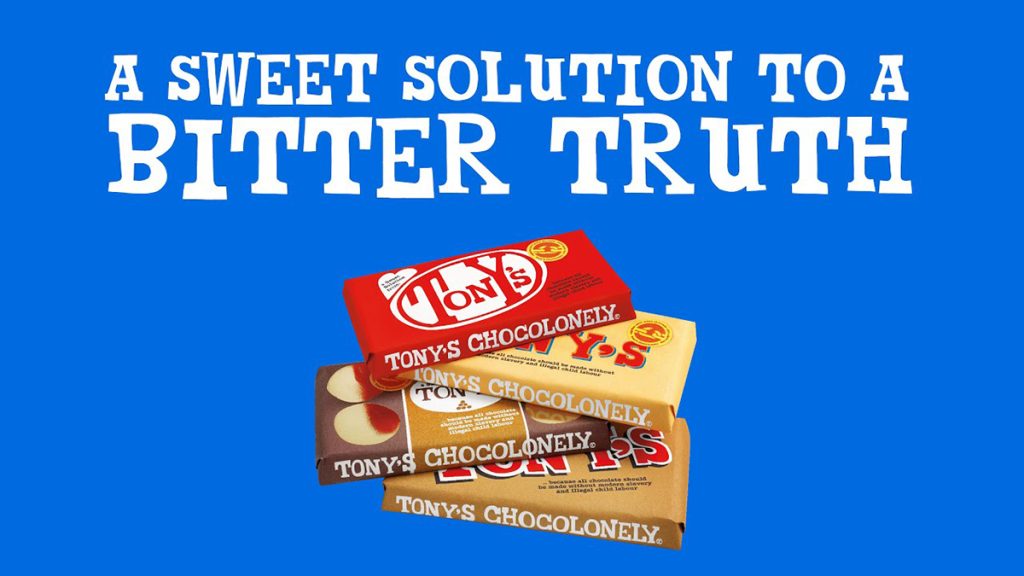Introduction.
In a market flooded with plant-based promises and clean, earnest design, Oatly took a very different route. While competitors leaned into wholesome imagery and health claims, Oatly threw out the rulebook – and scribbled their own all over their cartons.
With oat milk increasingly mainstream in 2025, it’s easy to forget that Oatly once had to fight for shelf space and consumer awareness. Their challenge was clear:
How do you stand out in a saturated, well-meaning, and visually similar market?
Their answer? Irreverence. Disruption. Wit. And a tone of voice that felt more like a quirky mate than a corporate brand.

What is irreverent branding?
Irreverent branding is about breaking conventions and rejecting the overly polished or polite. It often involves humour, self-awareness, or outright cheekiness. Brands using this approach deliberately avoid sounding corporate – they might mock the industry, poke fun at themselves, or say the unexpected.
It’s bold. It’s risky. And when done well, it can create powerful differentiation.
Irreverent brands often:
- Speak informally or even absurdly
- Use design to surprise or confuse (on purpose)
- Position themselves against something (e.g. big dairy, corporate greenwashing)
- Treat the customer like an equal, not a buyer
It’s not for everyone. But for Oatly, it was a masterstroke.
Oatly’s approach in practice.
Oatly doesn’t just use irreverent branding – it embodies it. Here’s how it shows up across the brand:

Packaging.
Instead of clean, minimalist design, Oatly’s cartons are crowded with type – friendly, handwritten-style fonts spilling across the box with odd thoughts, jokes, or anti-slogans like:
“It’s like milk, but made for humans.”
The tone is casual, meta, and delightfully weird – often including copy that acknowledges how odd it is to be reading packaging at all.
Advertising.
From bus stop posters that say nothing but “No idea what to put here” to a Super Bowl ad with their CEO singing in a field, Oatly’s advertising rejects slick, overproduced norms.
It uses discomfort, silence, and silliness to get attention – and then converts that attention into interest.
Campaigns & messaging.
Oatly’s tone doesn’t drop when the stakes rise. They’ve run bold, politically charged campaigns supporting sustainable agriculture and slamming EU dairy labelling restrictions. Still with humour, still offbeat – but with a clear mission underneath.
They’ve even used legal battles (like being sued over their messaging) as material for campaigns – showing how far the brand is willing to lean into its challenger identity.
What was the result?

Oatly’s branding helped propel them from a niche Scandinavian oat milk to a global disruptor. Key outcomes include:
- Rapid growth and global expansion, with a valuation peaking at over $10 billion
- Massive brand recognition, even among non-users
- A cult following, especially among millennials and Gen Z
- A strong voice in sustainability conversations, making oat milk more than just a food trend
And perhaps most importantly, they created emotional differentiation. Consumers might not remember all the nutritional claims – but they definitely remember how Oatly made them feel.
The risks of irreverence.
But irreverence is not a risk-free strategy.
Polarisation.
Oatly’s tone has alienated some consumers who find the style too smug, too try-hard, or inconsistent with the brand’s premium pricing.
Authenticity challenges.
There’s always a risk that irreverent brands end up sounding out of touch, especially if their actions don’t match their words. Oatly has faced criticism for decisions like partnering with investment firms linked to deforestation – triggering questions about whether the “activist” voice is fully earned.
Legal and PR risks.
A cheeky tone doesn’t offer legal immunity. Oatly’s bold messaging has landed them in court multiple times – including over claims like “milk but made for humans.” While these moments were often turned into brand fuel (see fckoatly.com), they carried real consequences.
Takeaway.
Oatly didn’t blend in. They stood out – and in doing so, redefined what a plant-based brand could look and sound like.
Their irreverent tone wasn’t just for show – it was a strategic response to a crowded market and a vehicle for challenging the status quo. But irreverence alone isn’t enough. Without clear values, internal consistency, and real transparency, even the cleverest copy can fall flat.
For marketers, the lesson isn’t to copy Oatly’s style – it’s to understand the why behind it. If you’re considering an irreverent approach, ask:
- Does this voice reflect who we are?
- Will it resonate with our audience – or push them away?
- Are we willing to live the values behind the tone?
Because being loud gets attention. But being true earns loyalty.




